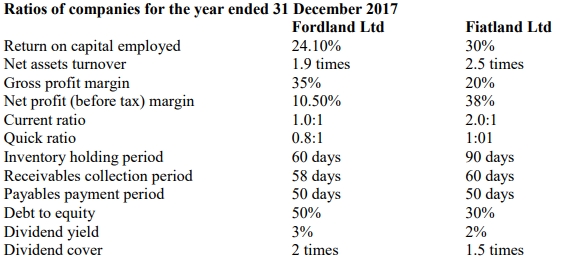- 9 Marks
Question
Under conditions of inflation, it is common for interest rates to rise possibly at a rate different from those applicable to goods and services.
Required:
i) Explain TWO possible reasons for this phenomenon.
(3 marks)
ii)
Discuss the implications of high or fluctuating interest rates for:
- Business financing; and (3 marks)
- Assets-holding decisions. (3 marks)
(Give examples of the types of actions that a company might take)
Answer
i)
- Because of Government monetary policy. Interest rates may be increased to reduce the flow of money in the economy.
- Because of Government exchange control policy. If inflation is making it more difficult to export and encouraging an increase in imports, the government may intervene by raising domestic interest rates. This would encourage a flow of foreign investment into the domestic market and improve the exchange rate.
- Because of a reduced propensity to save, at a time when inflation is eroding the value of any funds not consumed immediately. This could lead banks and other financial institutions to raise their interest rates to attract more deposits.
ii)
Implications on Business Financing:
- High or fluctuating interest rates make it difficult to obtain funds. Companies will be reluctant to raise fixed-interest borrowing if they fear that interest rates will fall. Overdraft finance will also be expensive but preferable as the interest rate is not fixed.
- They may cause liquidity problems, making business operations difficult throughout the economy. Debtors may delay payments, and creditors will increase pressure for quick settlements.
- It complicates planning and budgeting, as cash flow becomes uncertain and interest charges vary with fluctuations in interest rates, reducing available liquid funds.
Implications on Asset-Holding Decisions:
- Liquidity problems will force companies to scrutinize their current assets. This could involve reducing buffer stocks, tightening credit terms, and realizing investments.
- The difficulty in securing long-term finance could prevent replacing fixed assets or necessitate selling fixed assets to generate liquid funds.
- Topic: Role and Responsibility towards Stakeholders
- Series: NOV 2017
- Uploader: Dotse

